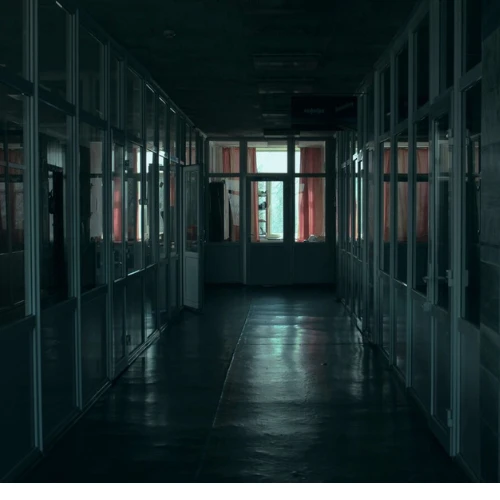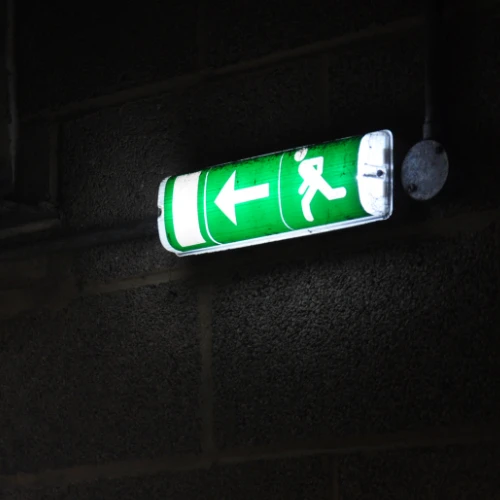About Emergency Lighting Testing
All business premises in the United Kingdom are required by law to have emergency lighting installed. Emergency lighting is also required by law in schools, hospitals, multi-storey dwellings and public buildings of all types. In short, unless the building in question is a private dwelling designed for one family to live in, it almost certainly needs to have a fully functioning emergency lighting system installed. The key phrase to note here is ‘fully functioning’. It is not enough to simply install an emergency lighting system: the system must be tested on a regular basis to ensure it is functioning as intended. In this guide, we are going to explain what tests are required by law and how often they need to be performed. We’ll also tell you what the professionals recommend as far as testing frequency and scope is concerned.

UK regulations state that all emergency lights must be turned on and off at least once a month, to make sure they are operational, and should be serviced / inspected by a qualified technician at least once a year. The relevant British Standard recommends that you turn on all emergency lighting systems for 3 hours during the annual service and inspection, while the electricity supply is switched off. This is so you can find out whether any of the batteries need to be replaced.
Now you know what the law says about emergency lighting testing in the UK, let’s move on to what the professionals recommend, i.e. the testing practices that fire safety experts suggest be followed in all commercial premises, educational institutions, medical facilities and public buildings.

Leading fire safety experts recommend that you follow a 3-frequency testing schedule for all emergency lighting systems and fixtures. This includes daily, monthly and annual tests, as detailed below.

Emergency lighting falls into several different categories each with its own particular purpose:
There are numerous variables that must be accounted for when trying to determine which is the correct emergency lighting for a given situation. These include:
For all these reasons and more, it is imperative that you get sound advice from qualified professionals regarding which type of emergency lighting you should install.

As a general rule candidate areas for emergency lighting include:
Areas of particular risk: Areas of particular risk including kitchens, treatment rooms, swimming pools, passenger lifts and refuge rooms, as well as the area around fire alarm panels, emergency exits and reception areas.
Points of emphasis: Points of emphasis include stairways, hallways, areas around fire extinguishers, outside emergency exit doors, call points, and areas containing evacuation equipment such as rescue mats.
Toilets and cubicles: Toilets (including disabled toilets) should have emergency lighting as should any area larger than 8 square metres. That includes work cubicles, walk-in closets and other areas.
In addition, hotel rooms designed to accommodate the disabled must have emergency lighting in the toilet.
Illuminated fire exit signs are an integral part of an effective emergency lighting system. They should be placed at various points throughout the shortest route to safety as determined by a risk assessment of the property. If the shortest path to safety is anything other than a straight-line route, directional fire exit signs with arrows must be placed at every point where a change of direction is required.

The ultimate goal of the emergency lighting system is to facilitate the safe and timely evacuation of occupants during an emergency such as a fire, power outage or other occurrence. Effective emergency lighting also prevents panic by enabling occupants to easily find escape routes. In addition, emergency lighting allows people to locate fire extinguishers and other emergency equipment and enables first responders to go about their mitigation work quickly and effectively.
If you would like to find out more about the testing procedures for emergency lighting in the United Kingdom, please do not hesitate to get in touch with us.